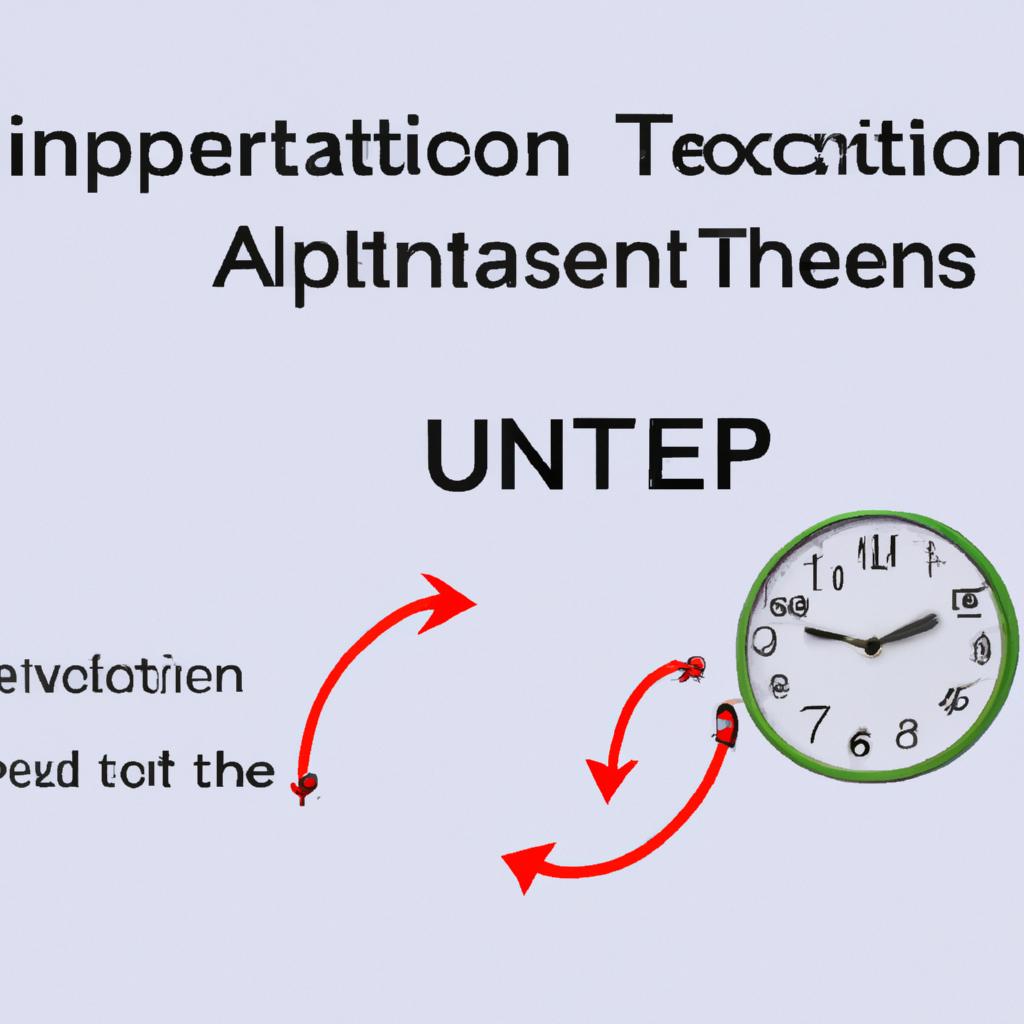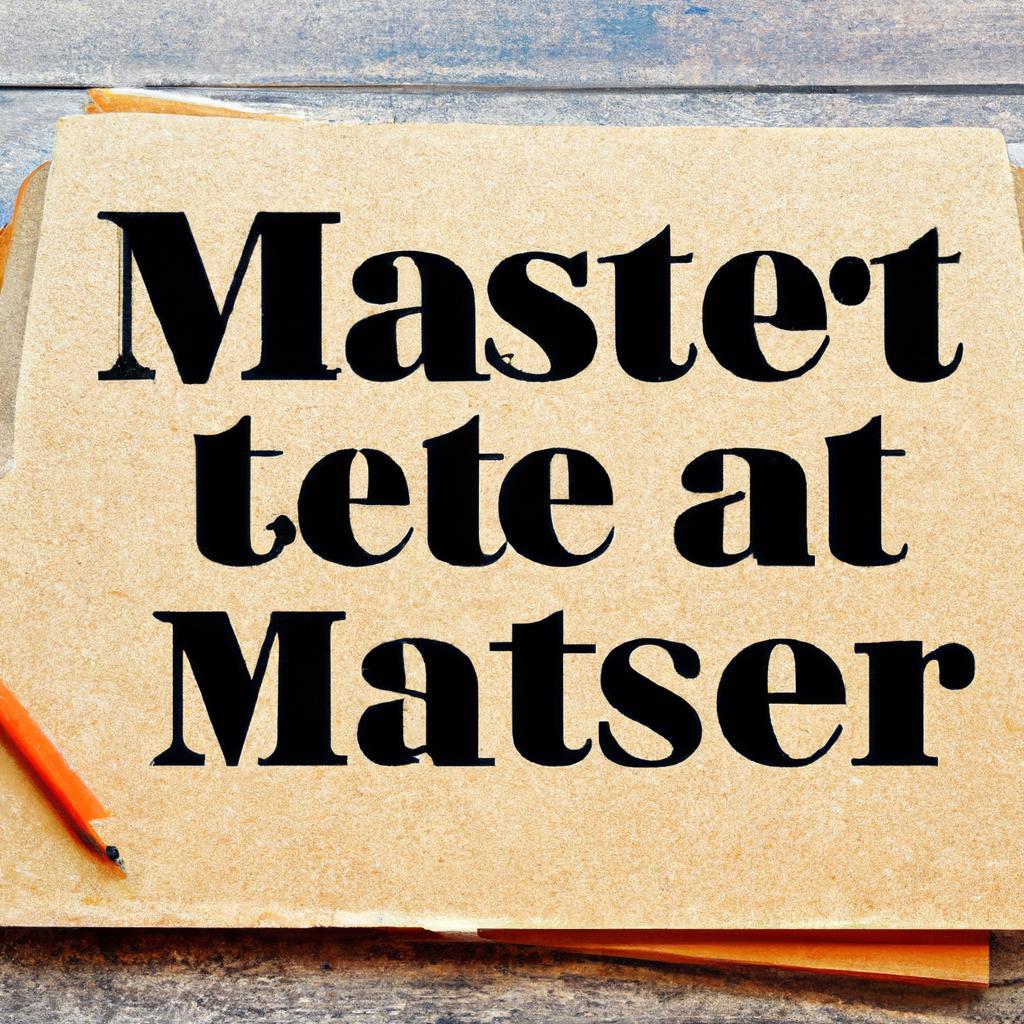Mastering the Art of Negotiation: When to Haggle for a Better Price
In a world driven by commerce, the ability to negotiate effectively has emerged as an invaluable skill—one that transcends mere financial transactions and seeps into the fabric of everyday life. Whether you’re haggling over a vintage find at a bustling flea market, discussing terms for a new job, or seeking a better rate on your utility bill, the art of negotiation is a dance of persuasion, strategy, and timing. But when should you step onto the floor and initiate that delicate waltz of give-and-take? In this article, we will explore the nuances of haggling, offering insights into the optimal situations to leverage negotiation for a better price. From understanding the psychology behind the transaction to recognizing the right moment to speak up, mastering this art can empower you to seize opportunities that might otherwise slip through your fingers. Join us as we unravel the threads of effective negotiation, equipping you with the tools to navigate this essential skill with confidence and poise.
Understanding the Timing and Context in Negotiation for Optimal Outcomes
To navigate the complex landscape of negotiation effectively, one must grasp the importance of timing and context. Each negotiation scenario is influenced by a myriad of factors that can significantly shape the outcome. Consider these key elements:
- Market Conditions: Understanding the current market dynamics can provide leverage; whether it’s a buyer’s or seller’s market can dramatically affect your approach.
- Value Perception: Different stakeholders might attach varying levels of importance to the same item, making timing crucial in how you present your case.
- Emotional Landscape: Gauge the emotions of everyone involved. A good negotiator can exploit positive feelings or alleviate tension to foster a more collaborative environment.
- Personal Stakes: Recognize what each party stands to gain or lose. When parties perceive significant stakes, it creates a window of opportunity for creativity in crafting mutually beneficial agreements.
As illustrated in the table below, understanding when to engage and how to frame your negotiation can lead to outcomes that satisfy all parties involved:
| Timing | Context | Optimal Strategies |
|---|---|---|
| Early Negotiation | High Demand | Highlight urgency and scarcity. |
| Mid-Negotiation | Disagreements Emerge | Employ active listening to adjust proposals. |
| Closing Phase | Final Offer Stage | Reinforce collaborative benefits. |
By strategically intertwining timing with context, you can maximize your chances of achieving favorable negotiation outcomes, ensuring that both parties leave content with the agreed terms.

Essential Strategies for Effective Haggling in Everyday Transactions
To successfully navigate the world of haggling, whether you’re at a local market or a commercial store, there are several key strategies to keep in mind. First, always do your research—understanding the typical price range for the item in question helps formulate a solid basis for your negotiation. Secondly, **timing** is crucial; approaching a seller at the end of a selling day can sometimes yield better deals as they may be keen to clear inventory. Thirdly, establish a rapport with the seller; people are more likely to give discounts to buyers they like. Additionally, it’s vital to remain polite and composed, as aggressive tactics can backfire. Here are more strategies to consider:
- Be Confident: Approach negotiations with assurance, presenting yourself as a knowledgeable buyer.
- Start Low: Begin with a lower offer than you’re willing to pay to give room for negotiation.
- Use Silence: After making an offer, don’t rush to fill the silence; let the seller respond first.
Here’s a quick overview of the ideal conditions for haggling:
| Condition | Ideal Scenario |
|---|---|
| Market Type | Flea markets, garage sales |
| Item Type | Used items, unique finds |
| Selling Time | End of business day/week |
By incorporating these strategies into your buying habits, you’ll enhance your ability to secure better prices and build more beneficial relationships with sellers.
To Wrap It Up
As we draw the curtain on our exploration of negotiation, it’s clear that mastering the art of haggling is less about the showdown and more about the symphony of communication. Armed with the insights and strategies shared in this article, you stand on the threshold of exciting opportunities. Whether you’re at a bustling marketplace, negotiating a salary, or sealing the deal on a major purchase, remember that effective negotiation hinges on preparation, empathy, and the confidence to advocate for your needs.
So, the next time you find yourself at a crossroads of value and price, take a deep breath, gather your thoughts, and step into the dialogue with a sense of purpose. Every interaction is a chance to refine your skills and achieve outcomes that benefit all parties involved. After all, negotiation is not merely about winning; it’s an art form that, when practiced, paves the way for collaborative success. Embrace the journey, and may your future negotiations lead to rewarding results!
